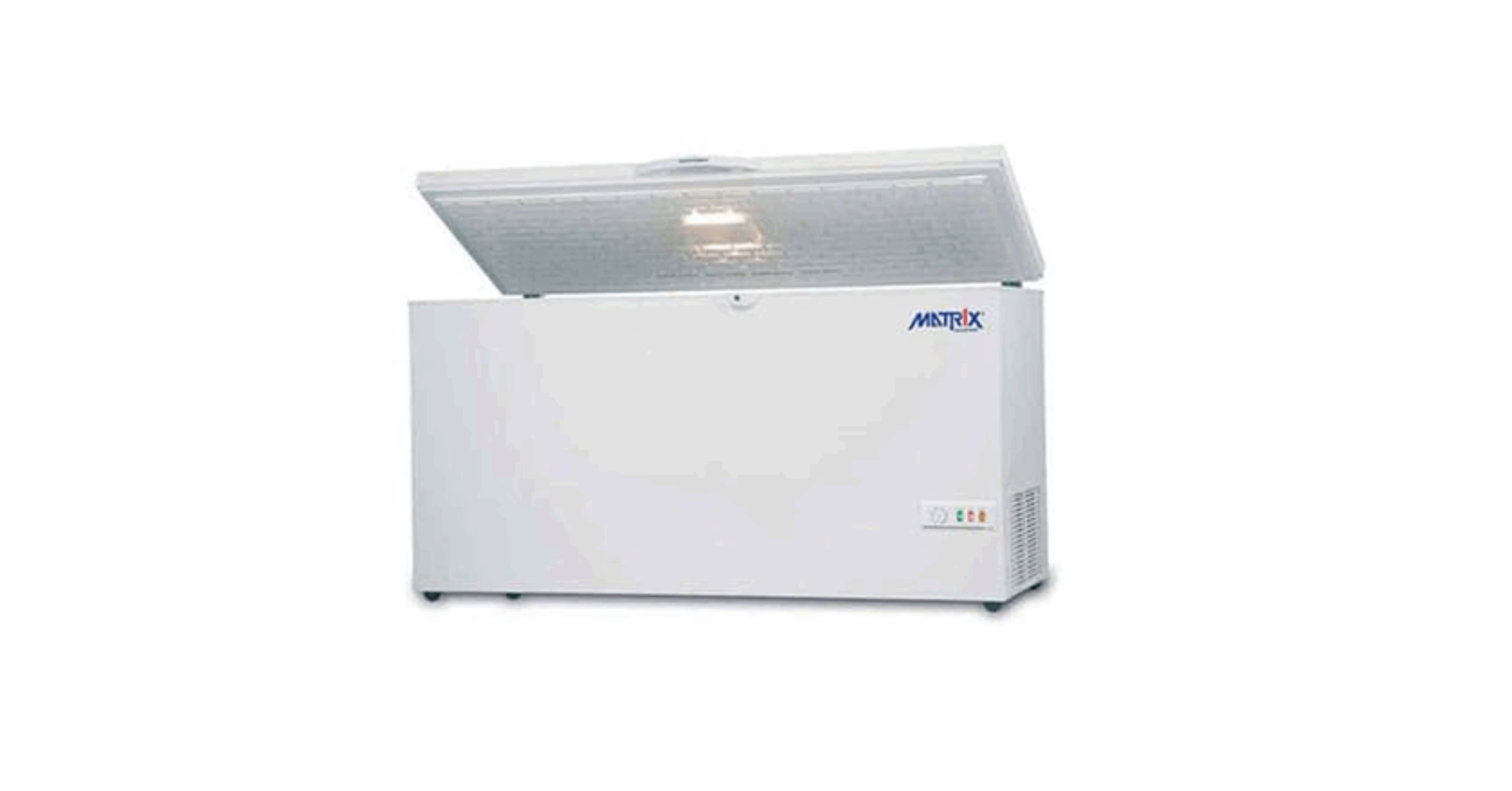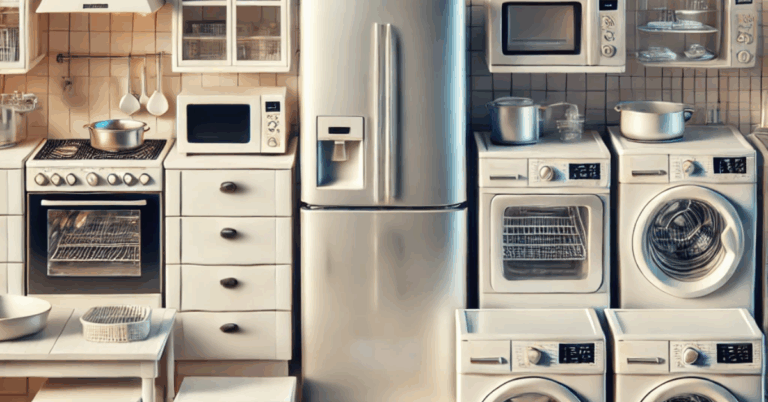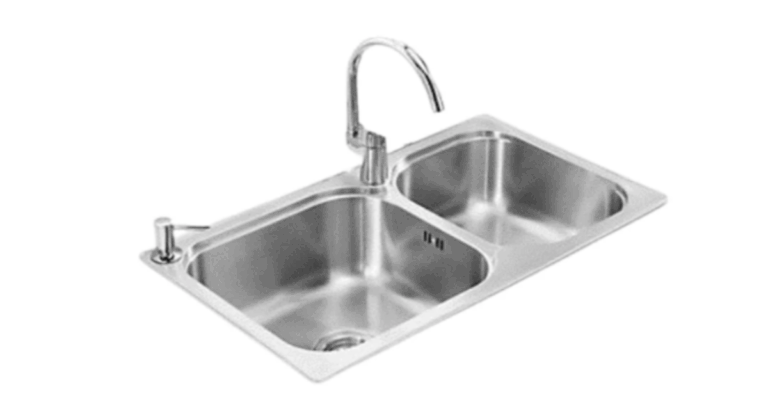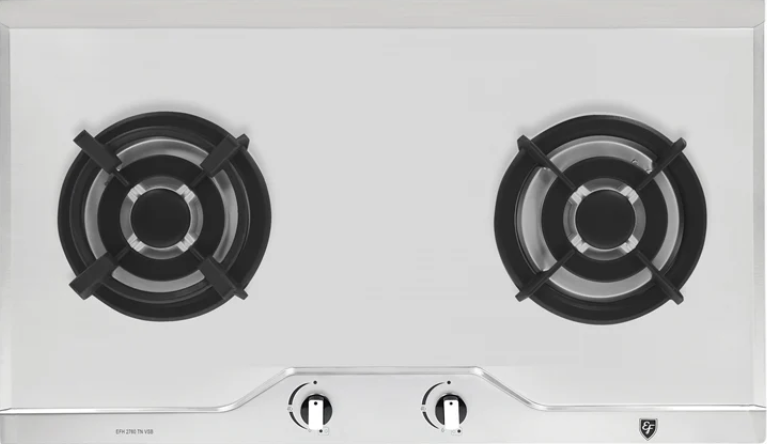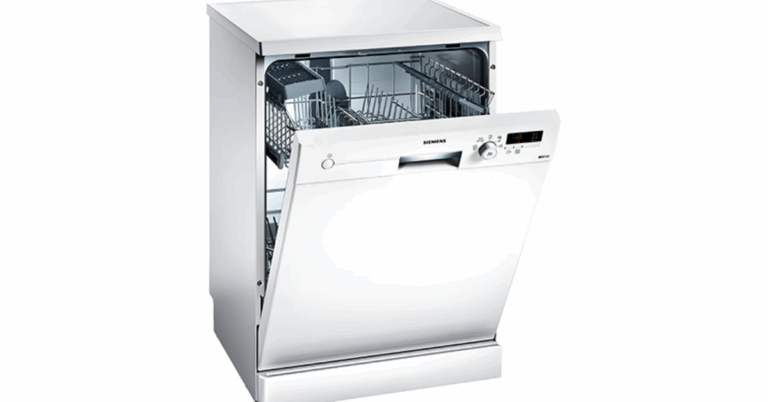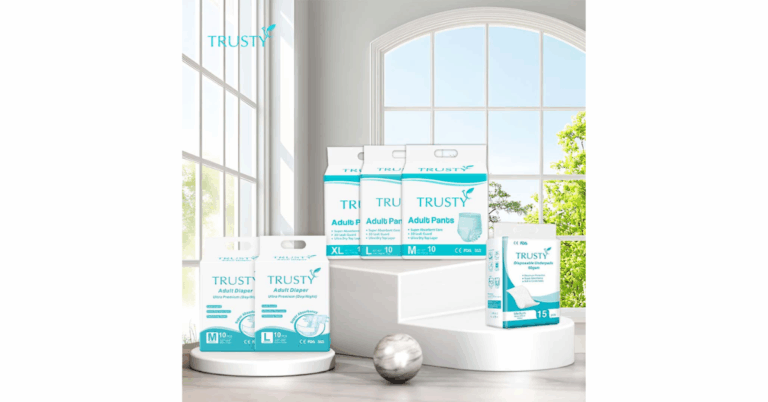The Strategic Role of a 158L Marine Chest Freezer 60 Hz in Maritime Operations
In the demanding environment of marine vessels, from compact yachts to large cruise ships, preserving perishable goods under harsh conditions is a daily challenge. A 158L Marine Chest Freezer 60 Hz offers a highly efficient, durable, and purpose‐built freezing solution for maritime use, especially in regions or on vessels operating on a 60 Hz electrical frequency. This article explores the features, benefits, operational considerations, installation tips, and real-world applications of such a freezer, focusing on how it can help enhance food storage, operational efficiency, and reliability at sea.
1. Why a Marine Chest Freezer—and Why 158 L at 60 Hz?
Marine freezers differ substantially from standard land-based freezers. They must withstand vibration, motion, saline spray, humidity, and temperature fluctuations. A marine chest freezer is designed to meet these requirements: rugged construction, corrosion resistance, efficient insulation, and stable cooling performance in unstable conditions.
A 158-liter capacity strikes a balance: large enough to store significant amounts of frozen goods (meat, fish, ice, pre-prepped meals) but compact enough to fit within limited shipboard spaces such as galleys, cold rooms, or storage compartments. The designation “60 Hz” is crucial in regions (or vessels) where the electrical system runs at 60 Hz: using a freezer rated for the correct frequency ensures that the compressor and control components run optimally without undue stress or heat buildup.
Thus, a 158L marine chest freezer 60 Hz is an ideal choice for vessels such as cruise ships, supply boats, research vessels, and offshore platforms operating on 60 Hz power systems.
2. Key Design Features of a 158L Marine Chest Freezer
Below are the essential design elements that distinguish a quality marine chest freezer configured at 60 Hz:
a) Corrosion-resistant materials
Marine conditions demand hardy materials. Inner cabinets often use marine-grade aluminum or stainless steel, which withstand salt air and moisture better than ordinary metals. Exterior panels are frequently powder-coated or painted with corrosion-resistant finishes to reduce maintenance and extend life.
b) Robust insulation and sealing
Thick polyurethane foam insulation and well-engineered door gaskets help maintain stable internal temperatures even when ambient heat is high or when doors are opened frequently. A secure seal prevents warm air ingress, which is critical on moving vessels.
c) Efficient compressor and cooling system
The heart of the freezer—the compressor and refrigerant circuit—must be optimized for efficiency under maritime conditions. A high-performance compressor with a fan-assisted condenser is common, often using an eco-friendly refrigerant (such as R290 or equivalent) that is both effective and aligns with environmental regulations. The cooling system must handle variable load conditions while distributing cold evenly.
d) Temperature control and monitoring
An adjustable external thermostat (or digital controller) enables operators to maintain target temperatures (e.g., –18 °C to –24 °C) tailored to the stored goods. Some models include alarms, remote monitoring, or integration with shipboard control systems for alerts in case of temperature drift or equipment failure.
e) Structural robustness and vibration resistance
To survive ship motion, the freezer must have shock-absorbing mounts, sturdy hinges, and secure fittings. Adjustable feet or leveling mechanisms ensure stability on uneven decks. Hinged lids with locks are preferable to sliding lids where possible, as they seal more reliably under motion.
f) Organizational features
A coated wire basket or removable tray helps segregate smaller items (like seafood, packaged goods, or ice packs) and improves access. The layout should minimize air loss when the lid is opened, and rapid cooling for new loads is essential.
3. Benefits and Value Proposition at Sea
1. Consistent food quality and safety
On long voyages, maintaining safe food temperatures is crucial to avoid spoilage and foodborne illness. The 158 L marine chest freezer 60 Hz offers stable freezing, vital for preserving meats, fish, and prepared meals. This results in less waste and higher food quality for passengers and crew.
2. Energy efficiency
Marine vessels typically operate under constrained power budgets. The efficient compressor, good insulation, and an optimized cooling circuit reduce energy usage—important when power is generated onboard. In particular, designing components for 60 Hz ensures minimal losses due to mismatched electrical frequency.
3. Space and weight optimization
While offering adequate capacity, a 158 L unit is relatively compact and lightweight compared to larger freezers. This minimises intrusion into precious shipboard space and reduces structural bulk, which contributes to better weight distribution and deck planning.
4. Durability and low maintenance
Marine-rated freezers use corrosion-resistant materials and robust construction, leading to fewer breakdowns and lower maintenance needs. That’s essential in remote marine environments where spare parts and repair facilities may be limited.
5. Versatility of deployment
Such a freezer can serve in various settings: main kitchen/galleys on cruise ships, cold stores on cargo vessels, offshore platforms, research vessels, or even for shore support in marine operations. Wherever 60 Hz power is available, this freezer fits seamlessly.
4. Operational Considerations in Marine Environments
a) Ambient conditions and climate rating
Marine freezers are often rated for tropical or subtropical climates, meaning they can operate effectively under high ambient temperatures and humidity. If a vessel frequently traverses such regions, ensuring that the freezer is rated for the expected range (e.g., up to 45 °C ambient) is essential.
b) Ventilation and airflow
Proper ventilation around the condenser is critical. On a ship, obstructed airflow can lead to compressor overheating. Adequate clearance and airflow paths are necessary; in cramped compartments, forced-air ventilation or ducting might be required.
c) Electrical integration and surge protection
Marine electrical systems may have voltage fluctuations or harmonics. The freezer must be protected against overvoltage, spikes, and harmonic distortion. Installing surge suppressors, oversize wiring, and appropriate circuit breakers is wise.
d) Startup and load management
When cold loads are added, the compressor will see peak demand. Staggering loading, using pre-chill strategies, and avoiding too frequent door openings help reduce strain. On vessels with limited generator capacity, coordinating freezer startup with other loads is wise.
e) Maintenance in marine settings
Regular cleaning of condenser coils (especially in dusty or humid ports), inspection of gaskets, and checks for salt corrosion are critical. Seasonal preventive maintenance helps avoid failures in remote sea passages.
f) Safety and alarms
Built-in alarms for high temperature, power failure, or compressor faults are essential in marine operations. Integration with ship control systems enables centralized monitoring and prompt responses.
5. Ideal Applications in the Marine World
Cruise ships and passenger liners
Large vessels with many guests require ample cold storage. A bank of 158 L marine chest freezers in the galley or aft service areas can manage specialized items, seasonal storage, or overflow during peak demand. Their modular nature simplifies maintenance and scaling.
Supply vessels and offshore support
In oil rigs or remote platforms, food and provisions must last longer. A 158 L chest freezer is ideal for storing frozen supplies for crew rotations or emergency stock. It’s compact enough for tight spaces and rugged enough for harsh marine conditions.
Fishing or seafood vessels
Fishing boats often process and freeze their catch onboard. The 158 L capacity works for medium-scale operations, enabling fish to be frozen quickly after harvesting and preserving quality until they reach port.
Research and expedition vessels
Scientific ships on long missions require stable storage for biological or food samples. The dependable freezing capacity and stable temperature performance of such a freezer are highly valuable.
Shore-side support or coastal installations
Many coastal support stations or base camps for marine projects use 60 Hz power. A marine-grade freezer is ideal to ensure goods remain safe even in humid, saline coastal environments.
6. Installation and Use Best Practices
-
Site planning
Place the freezer where airflow is unobstructed and service access is easy. Keep at least the manufacturer’s clearance distances at the rear and sides. -
Leveling and securing
Use adjustable feet to level the unit; secure it firmly to avoid sliding or tipping under ship motion. -
Electrical setup
Use appropriately gauged cabling, protective fusing, and voltage surge protection. Ensure the power supply is stable 60 Hz. -
Pre-cooling before loading
Run the freezer for several hours empty or with dummy loads to reach the target low temperature before loading significant quantities. -
Staggered loading
Do not place large loads of warm items at once. Instead, stagger them to avoid thermal shock and compressor overload. -
Organized layout
Use the supplied basket and organize items to minimize the time the lid is open, preserving internal cold. -
Routine maintenance
Clean the condenser coil monthly or per manufacturer guidelines, check door seals for wear, inspect for corrosion, and monitor electrical parameters. -
Alarm testing
Periodically test alarms and monitor temperature logs to confirm proper operation.
7. Challenges and Considerations
-
Salt corrosion over time
Even with corrosion-resistant materials, salt-laden air can degrade parts over extended service life. Regular inspection and upkeep are imperative. -
Power fluctuations in remote operations
Generator instability in remote operations can stress compressor motors. Robust electrical protection and buffering help mitigate this risk. -
Handling heavy loads and heat ingress
If improperly loaded, the freezer may struggle with thermal loads. Training staff to load intelligently is as important as the equipment itself. -
Spare parts availability
In remote marine settings, availability of compressor parts or control components may be limited, so choosing models with globally available spares is preferable.
8. Conclusion
In maritime operations, reliable freezing capability is essential for food safety, crew welfare, and operational integrity. A 158L marine chest freezer 60 Hz offers an ideal compromise of capacity, efficiency, and ruggedness for vessels operating on 60 Hz power systems. With corrosion-resistant construction, efficient cooling systems, precise temperature control, and a design tailored for harsh marine environments, it provides dependable service in galley kitchens, offshore facilities, fishing vessels, or research ships.
By adhering to best practices in installation, electrical integration, loading procedures, and preventive maintenance, operators can ensure that their marine freezer delivers years of trouble-free performance. For any marine operation requiring compact yet high-performance freezing, a 158 L marine chest freezer 60 Hz is a strong choice that combines practicality with durability on the open seas.

